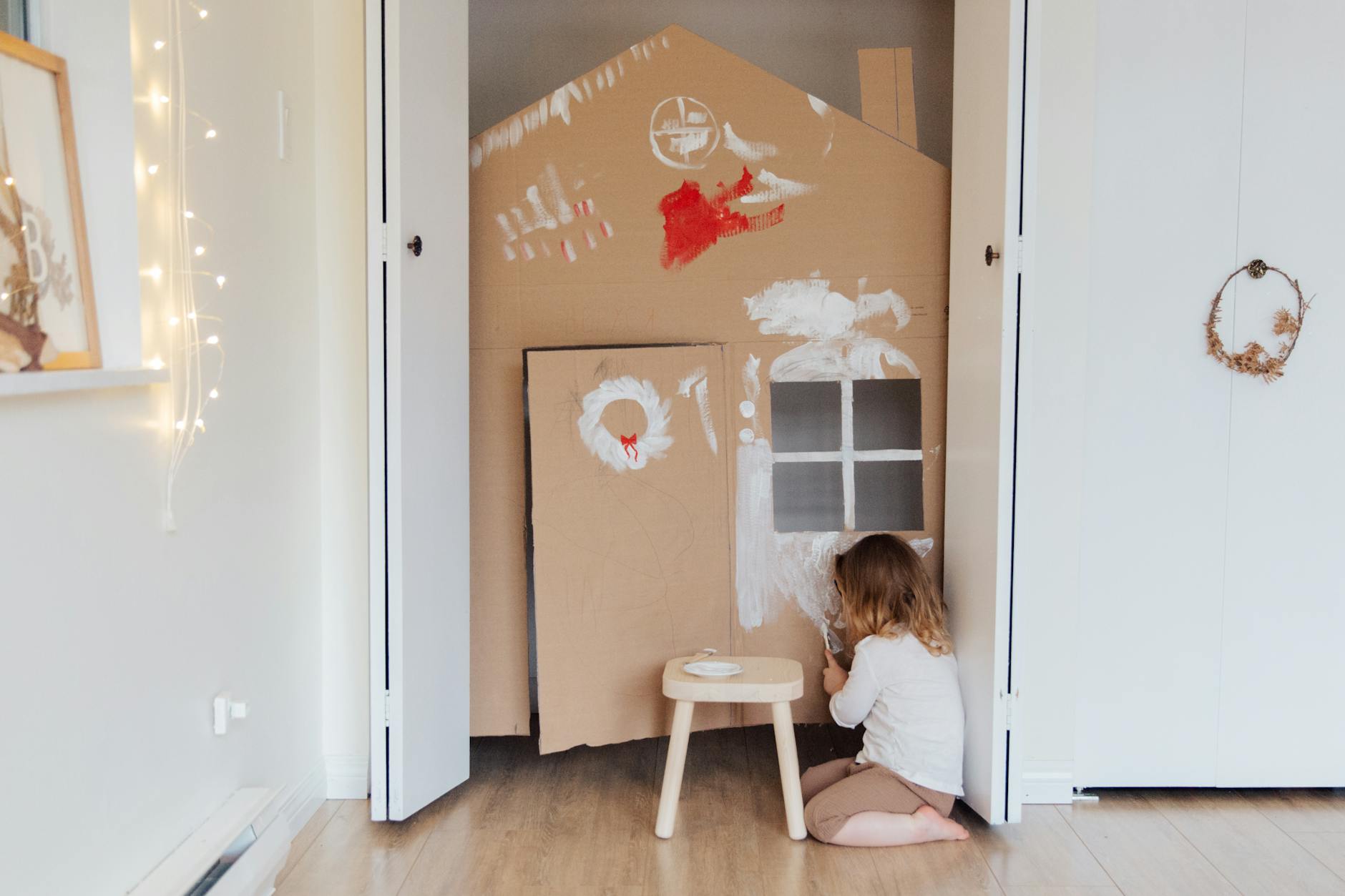What Makes Australia's Construction Industry a Leader in Sustainable Building Practices

Sustainable Materials Usage
Embracing sustainable materials in construction is a vital step towards eco-friendly building practices. In Melbourne, particularly around innovative projects in Southbank, there's a growing emphasis on using eco-friendly building products. These materials not only reduce environmental impact but also contribute to energy efficiency and durability in homes. From bamboo flooring to recycled steel, the selection is diverse and increasingly accessible. Builders and developers focusing on sustainability can significantly reduce a building's carbon footprint by integrating these products display homes melbourne.
Eco-Friendly Building Products
Opting for eco-friendly building products is increasingly popular among construction professionals. Sustainable materials such as hempcrete and reclaimed wood are gaining traction for their environmental benefits. These materials are not only renewable but also assist in maintaining indoor air quality. Incorporating these products into homes, such as those in the bustling Docklands construction sites, can add a layer of resilience and sustainability display homes craigieburn vic.
Innovative Recycling Practices
Recycling within the construction industry is not just a responsible choice; it's becoming a standard practice. Utilizing recycled concrete or plastics can drastically reduce waste while providing cost-effective solutions. Some projects have even begun using onsite waste management systems to maximize recycling efficiency. By prioritizing these practices, builders contribute to a circular economy, effectively managing resources and waste in large developments display homes for sale melbourne.
Local Sourcing Benefits
Local sourcing of materials offers several advantages, particularly in reducing transportation emissions. By choosing materials sourced within Australia, builders support local industries and reduce the carbon footprint associated with long-distance shipping. This practice aligns with the push for sustainability and supports community economies. Melbourne's construction scene can greatly benefit from local sourcing, ultimately boosting both the environment and local trade.
Energy Efficiency Innovations
Smart Energy Solutions
In Melbourne's forward-thinking building scene, incorporating smart energy solutions can revolutionize how homes function, making them more sustainable and cost-effective. Integrating cutting-edge technology such as smart thermostats and energy monitoring devices can vastly improve a home's energy management. These tools not only optimize energy use but also provide real-time insights, helping homeowners make informed decisions about consumption. For professionals working on innovative housing projects in Southbank, these solutions are pivotal in crafting future-ready homes.
Solar and Renewable Integration
Renewable energy sources, especially solar power, are the backbone of energy-efficient homes. Installing solar panels complements Melbourne's sunny climate, reducing reliance on traditional energy sources and cutting utility costs. Solar power systems now come with storage solutions, enabling homes to store excess energy for particularly cloudy days. This approach aligns with the sustainable objectives seen in the Docklands construction sites, where renewable integration leads to substantial environmental and economic benefits over time.
Energy Rating Standards
Adhering to high energy rating standards is crucial for sustainable development projects, ensuring that homes are built with long-term efficiency in mind. Energy ratings, such as the Nationwide House Energy Rating Scheme (NatHERS), provide a benchmark for energy efficiency in residential buildings. Meeting these standards not only enhances a property's market value but also positions it as a future-proof investment amid Melbourne's competitive housing market.
Incorporating these strategies with the eco-conscious designs of display homes sunbury or the innovative systems found in wollert display homes can set a home apart, both in sustainability credentials and market appeal.
Green Building Certifications
Key Certification Programs
For those involved in Melbourne's vibrant construction scene, understanding green building certifications like Green Star or NABERS is crucial. These certifications aim to elevate building standards by assessing design, resource efficiency, and environmental sustainability. In Melbourne's evolving landscape, the Docklands construction sites are increasingly utilizing these programs to enhance urban living spaces aligned with sustainable practices.
Steps to Achieve Certification
Achieving green building certification involves a series of well-defined steps. First, determine the certification level you aim for, whether it be a basic certification or a more comprehensive one. Integrate eco-friendly building products and innovative recycling practices to boost your score. Collaborating with experts familiar with the standards ensures that your project aligns with criteria for energy efficiency and sustainability.
Long-Term Benefits for Homeowners
Securing a green certification offers numerous long-term benefits, notably for those exploring display homes Tarneit. Such credentials enhance property value and appeal, providing homeowners with assurance of sustainability and lower operational costs due to energy efficiency. Builders focusing on new homes Melbourne builders also find that certified properties contribute to environmental well-being while attracting discerning buyers who value sustainability. In an area renowned for engineering and design innovation like Fishermans Bend, certifications can facilitate access to more eco-conscious buyers eager to invest in the future.
Community and Urban Planning
Understanding community and urban planning is essential for creating sustainable developments that align with both modern needs and environmental goals. In recent times, the focus has shifted towards sustainable urban design principles that work harmoniously with the natural environment and foster community well-being. Incorporating elements such as walkable neighbourhoods and mixed-use spaces not only reduces the carbon footprint but also improves residents' quality of life. These principles are evident in projects around Melbourne, such as house and land package Melbourne strategies that emphasize eco-friendliness and community connection.
A vital aspect of sustainable urban planning is the inclusion of green spaces and promotion of biodiversity. Parks, green corridors, and community gardens within urban areas act as the lungs of the city, aiding in pollution reduction and providing residents with recreational areas. Investing in biodiversity not only supports local ecosystems but also enhances property values, creating a win-win for developers and homeowners alike.
Another core element is the development of smart transportation and mobility solutions. Effective public transport systems and the integration of safe cycling and walking paths are crucial in decreasing reliance on individual vehicles. These strategies can significantly mitigate traffic congestion and reduce emissions, playing an integral role in urban development.
Identifying and supporting developments that integrate these sustainable practices are vital for a future-proof investment in property. Whether it's finding a cheap house and land package in emerging suburbs or opting for more central locations, smart urban planning ensures these investments contribute positively to the environment and the community.
Avoiding Common Pitfalls in Sustainability
Material Impact Awareness
It's crucial for us to acknowledge the significance of material impact during construction. Often, builders in locations like the thriving Docklands or bustling Southbank, focus solely on immediate cost-efficiency, neglecting the long-term environmental footprint. Emphasizing the use of durable, eco-friendly alternatives like cross-laminated timber can reduce waste and enhance sustainability. When specifying materials, consider their lifecycle and impact on carbon emissions. This aligns perfectly with the groundbreaking initiatives at Fishermans Bend.
Understanding Energy Consumption
Many builders inadvertently ignore the subtle aspects of energy consumption, relying heavily on conventional energy sources. A thorough understanding of solar panel battery storage units can transform energy usage strategies. By integrating renewable energy solutions, we not only cut costs but also significantly lessen our ecological footprint. It's time we embrace these innovations, linking our practices to the smart energy solutions already being tested in Melbourne’s urban landscapes.
Long-Term vs. Short-Term Planning in Urban Projects
The pressure to deliver immediate results often clouds long-term sustainability planning. However, as architects and developers, it's vital to balance short-term achievements with enduring environmental benefits. For instance, incorporating natural ventilation systems and passive cooling in high-rises can dramatically reduce energy consumption over time. Reflecting on the transformative projects in Melbourne, like Southbank’s eco-friendly towers, serves as a testament to the benefits of foresight. Prioritizing projects with a sustainable ethos ensures ongoing relevance and value.


